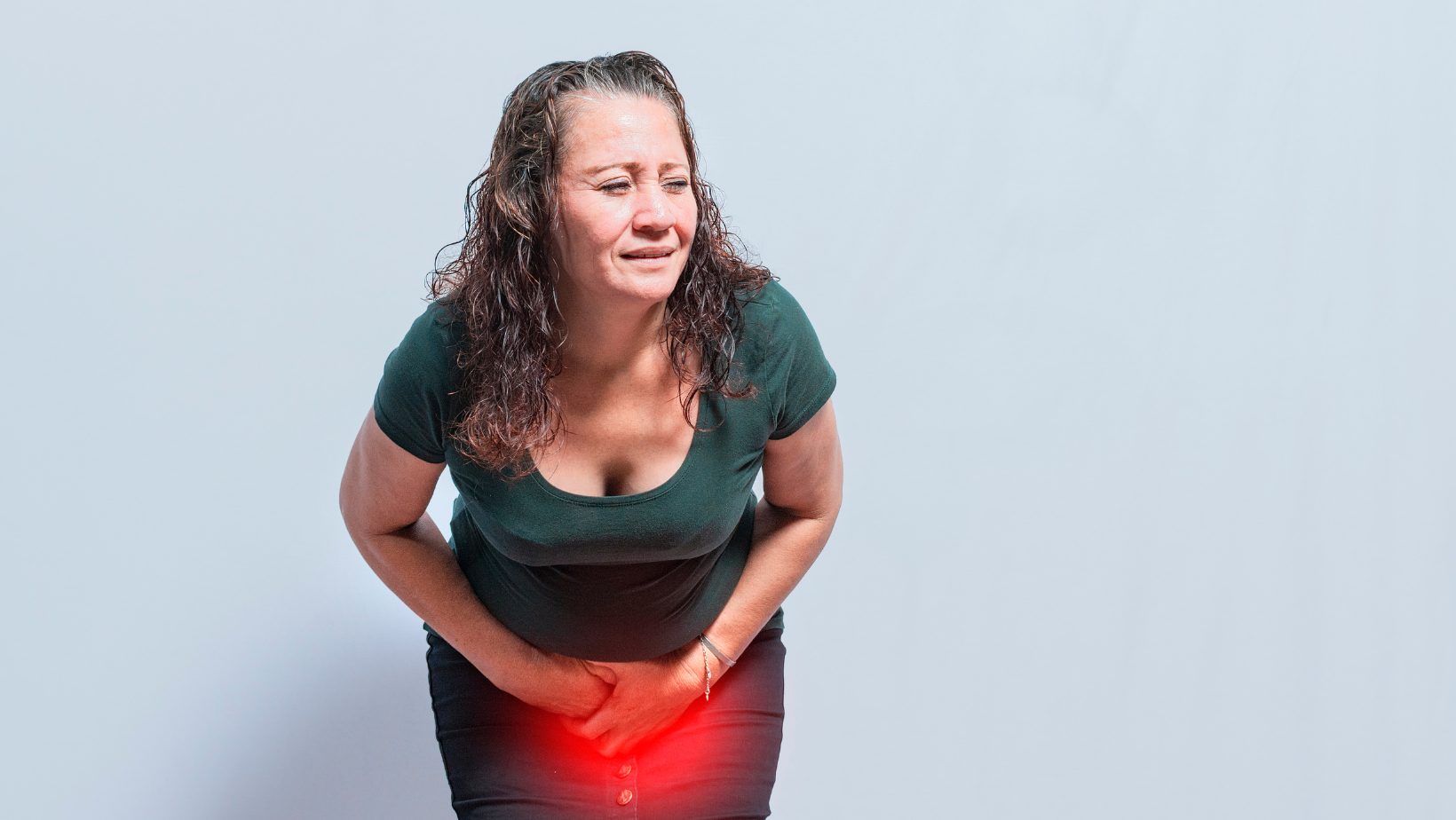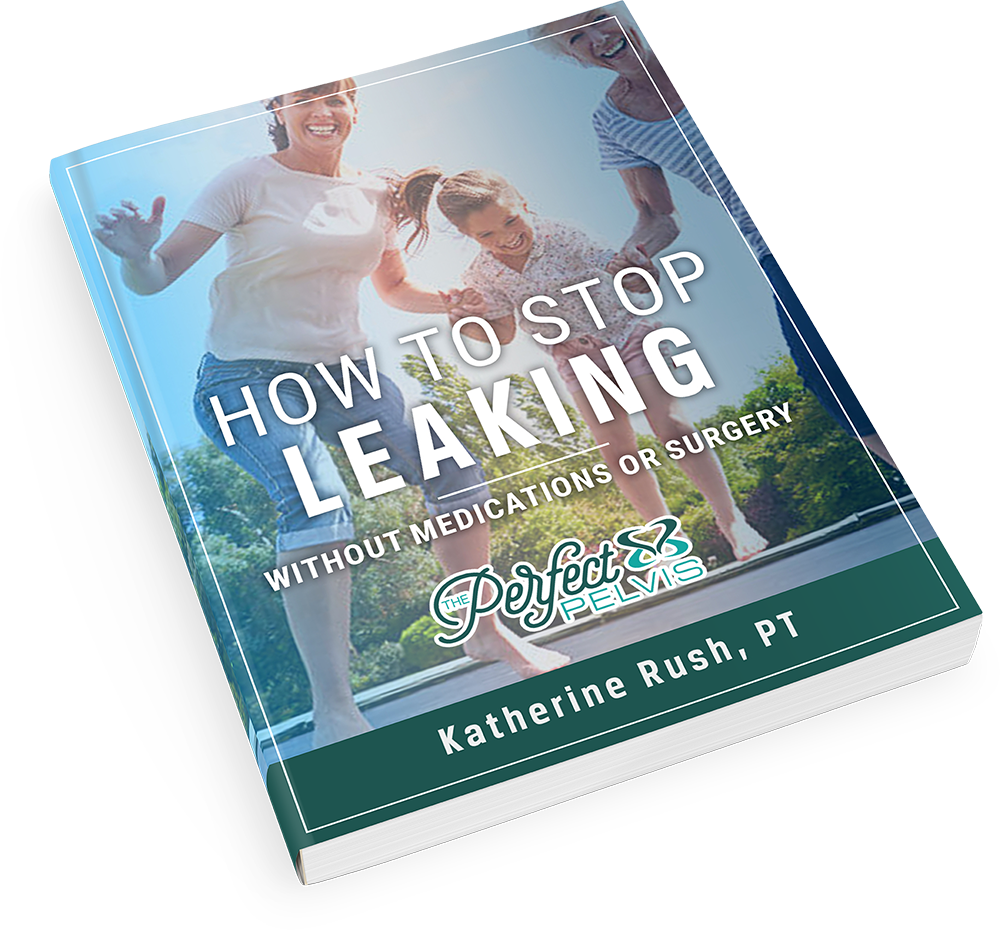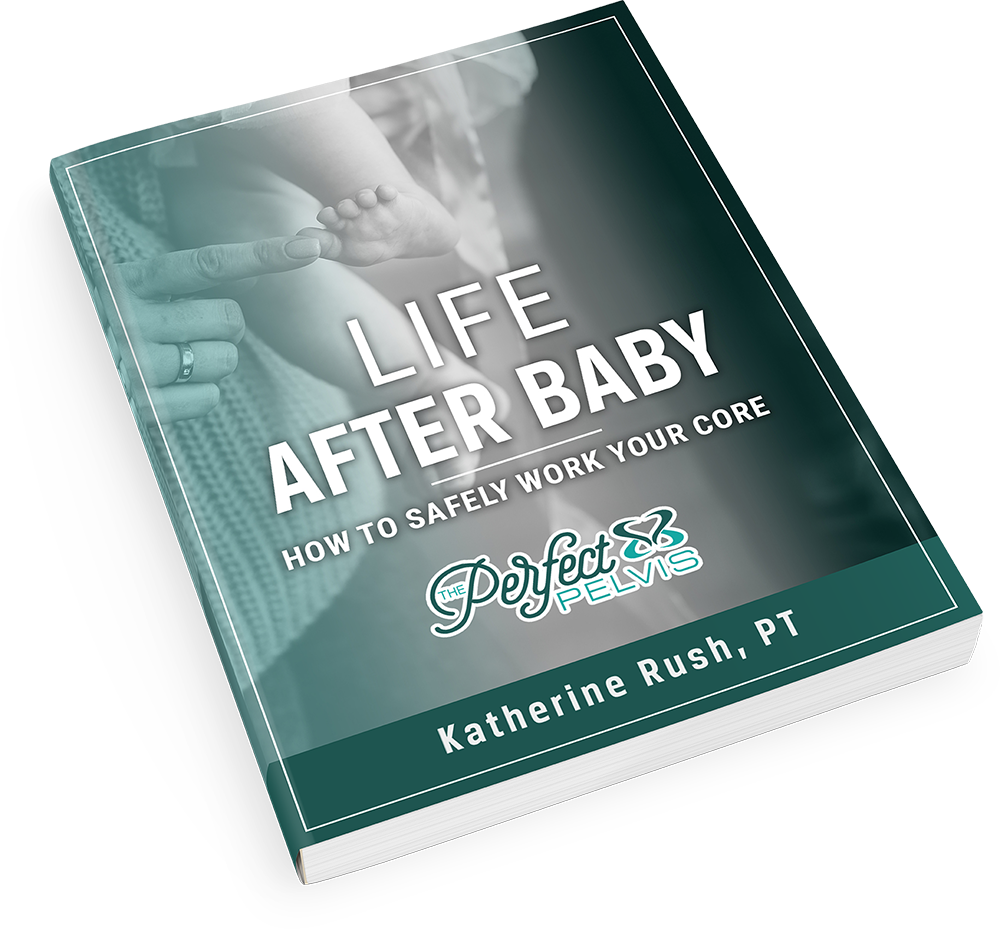We discuss a lot about exercises used to aid with urine incontinence and strengthening the pelvic floor.
Stress incontinence (leaking pee when coughing, sneezing, or laughing), urinary urge incontinence (having strong, frequent desires to urinate), or fecal incontinence can all be caused by a weak pelvic floor (leaky stool).
So, being able to identify exercises that will help aid in improving the strength of the pelvic floor muscles can be important for anyone that struggles with one of the issues above.
That is why it is critical to visit a pelvic floor physical therapist to decide the best course of action for you. We’ll go through certain situations and determine which set of exercises will help you strengthen the pelvic floor.
In this article, we will talk about 5 exercises that we suggest to help you strengthen the muscles and prevent or alleviate some of the issues that we mentioned with incontinence.
5 Exercises You Can Do To Strengthen Your Pelvic Floor
1. Runner Lunges
Step forward with one foot, stacking the knee over the ankle and letting the rear knee rest on the ground. Frame your front foot with two hands. Place your hands on two yoga blocks standing on their longest sides if they don’t readily reach the ground. If you don’t have yoga blocks, stack books on top of each other until you reach a comfortable height.
Allow your hips to slide forward to open up the front of the thigh of your rear leg. Check that your front knee is exactly above your ankle. Take 12 to 15 deep breaths.
2. Heel Slides
Heel slides work the deep abdominal muscles while encouraging pelvic floor contractions.
Begin by resting on the floor with your legs bent and your pelvis neutral. Inhale deeply into your rib cage, then exhale through your mouth, allowing your ribs to naturally collapse.
Draw up your pelvic floor, engage your core, and move your right heel away from you. Go go as far as you can without losing touch with your inner core.
Find the lowest position, inhale, and return your leg to the beginning position. Repeat. Perform 10 slides on each side before switching to the opposite leg.
3. Pelvic Tilt
Pelvic tilts assist to reduce low back discomfort during pregnancy and childbirth by strengthening the muscles of the core and lower back. Adding a stability ball to the mix allows you to reach deeper into your abs while also targeting your pelvic floor muscles.
To do a pelvic tilt, begin by sitting on a stability ball with a tall spine and both feet flat on the floor. Inhale while tilting your pelvic floor forward, and exhale while sticking out your glutes with an arched back. Tuck and untuck your pelvis for a total of 20 reps, pausing halfway through.
4. Squats
Squats develop the glutes, core, quadriceps, and hamstrings as well as the pelvic floor, especially when combined with Kegels and certain breathing methods.
A deep squat is performed by standing with your feet somewhat wider than hip width apart with your toes facing forward or slightly outwards. Bend your knees and squat, as if trying to tap your butt on an imagined chair.
Inhale on the way down, then exhale and clench your pelvic floor to do a Kegel on the way back up.
5. Happy Baby Pose
When stretching and releasing is the aim, the Happy Baby Pose is an excellent complement to a pelvic floor exercise.
Begin by laying on the floor, knees bent. Bring your knees to a 90-degree angle toward your body, with the soles of your feet facing up.
Grab the outside or inside of your feet and hold them. Adjust your knees so that they are slightly broader than your body. Then, raise your feet to your armpits. Check that your ankles are higher than your knees.
Push your feet into your palms and flex your heels. You can hold this posture for many breaths or rock gently from side to side.
Importance Of Pelvic Floor and Exercising to Strengthen These Muscles
It is simple to strengthen your pelvic floor with a range of exercises and stretches, such as at-home routines, yoga stretches, breathing methods, and others. These workouts educate your muscles on how to contract and relax effectively.
Improved pelvic floor function also enhances quality of life, according to researchers. Strengthening the pelvic floor muscles also helps minimize the severity of symptoms such as urine leakage, incontinence, pelvic pressure, and lower back discomfort if you have pelvic floor prolapse.
When the pelvic floor muscles become weak or malfunction, they are unable to adequately support the pelvic organs, resulting in pelvic floor disorders. That is why it is important to exercise the pelvic floor muscles, and any exercise is better when you understand the reason why you are doing what you are doing.
If you are having these problems with incontinence and issues caused by a weaker pelvic floor, we would recommend that you come see us. We can help you in preventing the issues and come up with a plan to give you solutions for your leakage.
Want To Talk More About Strengthening Your Pelvic Floor to Prevent Leakage?
If you are struggling with leakage issues, feel free to schedule a free phone consult, or contact us to arrange a $57 discovery visit. You can also feel free to give us a call at 816.607.3747 (We still like to talk on the phone!)
We are offering a $57 leakage screening! Make sure to reach out to us and we can setup an appointment that works for you.
Don’t let leakage keep you from returning to what you love to do! Walking, running, and getting back in the gym. You just need to know where to start!
We love to keep people in Lee’s Summit, mobile, active, and off pain pills – let our expertise go to work for you to help you return to the activities you love.
Don’t forget, you can schedule a no-obligation (and free!) phone consult or visit us at our Lee’s Summit clinic as part of your $57 discovery visit. Or just give us a call at 816.607.3747.
We look forward to hearing from you,
Katy Rush, PT
Other Free Resources To Help With Leakage
Download our free report – Life After Baby
Read our blog- What To Do To Help Prevent Leakage While Exercising
Follow Us On Social Media – Facebook, Instagram, Twitter, and LinkedIn








